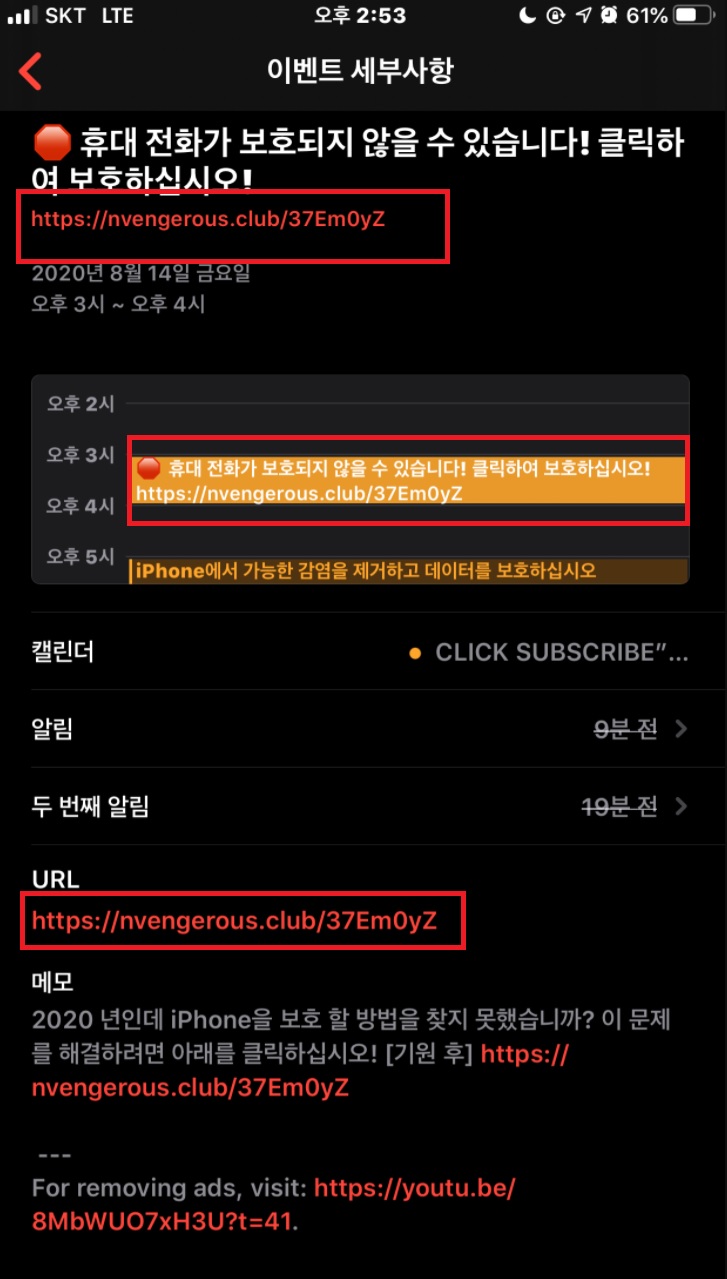Nvengerous
Nvengerous integrates with Safari, Chrome and other iOS-compatible devices in order to spam them with online ads. Nvengerous is, therefore, considered to be a browser hijacker.

Other typical browser hijacker qualities that Nvengerous possesses include the imposing of new homepages and/or default search engines in the infected browsing programs. In addition, software of this type can also trigger page redirects in the most inconvenient of times, thus causing your browser to open new tabs or windows and send you to various unsolicited web locations.
Perhaps most annoying of all, however, are of course the ceaseless popups and screen-wide banners that constantly plague your browsing experience. In order to restore your original browser configurations and stop seeing all the invasive online ads, though, you will have to remove the application responsible for them, i.e. Nvengerous, Family Line Services or Erpresearch.
Below we have included a detailed removal guide to show you how you can uninstall Nvengerous from your iPhone, iPad or iPod.
But there’s more to this software than its mere annoyance. There is a much more serious reason to want to eliminate it from your device, and as soon as possible at that. Namely, it’s the possibility of being exposed to malware and other viruses as a result of the many page redirects and numerous online ads. There’s a danger of landing on some unsafe web location that could potentially be harboring ransomware, Trojans and various other kinds of viruses. So with that in mind, it’s also a good idea to try and limit your interactions with any online advertising materials Nvengerous throws your way.
SUMMARY:
| Name | Nvengerous |
| Type | Adware |
Remove Nvengerous iPhone Calendar Virus
You are dealing with a browser hijacker that can restore itself. We are sending you to another page with a removal guide that gets regularly updated. It covers in-depth instructions on how to:
- Locate and clean up your phone’s calendar events if they are infected.
- Find browser extensions related to the threat and how to remove them.
- Ensure your passwords were not stolen or tampered with.
You can find the removal guide here.

Leave a Reply